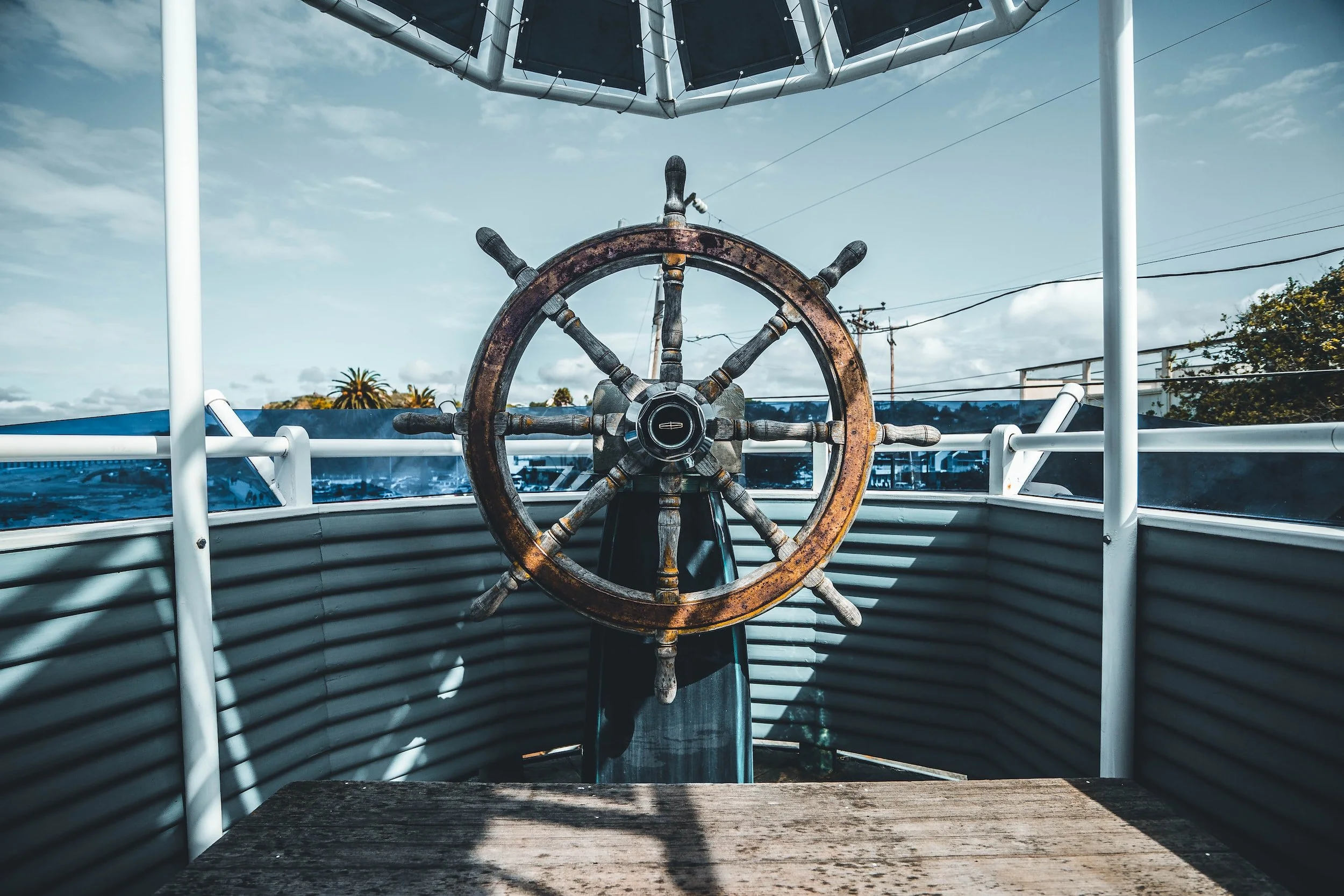WRITTEN BY KATIE JACKSON
MPSE SOUND EFFECTS EDITOR, BOOM BOX POST
In many of our shows, we often get the exciting opportunity to work on a pirate adventure! I wanted to outline some of the crucial aspects to building a pirate ship that sounds fun, authentic, and thrilling! The kind of ship you are designing may vary, but this is a good guide to give you a place to start. You can always tailor it to whatever special needs your project calls for.
Brainstorming
There are crucial elements to making a realistic sounding pirate ship starting with your bare minimum docked ship sounds. This would include wood creaking, bow wash, open ocean lapping, docked ship creaks, flag flapping, chains rattling, and flagpole clanking. The ship will obviously need to become more dynamic once it’s sailing and maneuvering, but this is a good starting point to begin gathering materials. Some questions to ask yourself may be:
How big is your pirate ship?
Do we visit its interiors or stay on the top deck?
Would this ship have a horn or a bell?
Is this a fast cruise liner or a wind-driven sail boat?
Use these questions to help you find the sonic characteristics of your ship.
Step by step process
With any build, the first step is always to collect some good layers to start building your base, or the steady. I like to start with the sound of a ship not in motion, so I need a good bed of wood creaks, water lapping, and flag flapping with some occasional flagpole sounds. When choosing my wooden creaks, I’m looking for more of a consistent rocking sound rather than any really heavy bumps or aggressive groans.
Next, you need to think about what your ship sounds like when it’s sailing. Is it rickety, or modern and sleek? Is it a fast ship, or a slow sailboat? These questions will dictate your sound choices. My pirate ship is huge and really fast, so I chose a fast rushing water sound and some very large sized wood creaks. I also added some rushing wind and the flag flapping quickly.
After that, you need to think about all of the other maneuvers besides steady sailing. Long pass bys, short pass bys, starts, and stops. I like to pair wood creaks and water crashes for these sounds of the ship sailing by. Try to really envision the mechanics of this motion. I added the sound of a parachute catching wind to mimic the sound of the sail getting a good gust.
Sweeteners and finishing touches
Any pirate ship is going to have a large wooden steering wheel. I built mine out of a wooden hinge, a vine swing, and some wooden ratcheting. When your ship is sailing quickly, add lots of rushing wind and flag flapping. Also pick files for your water that reflect the seas! Is it choppy or smooth? Some good ship bells, buoy hits, or a fog horn always immediately sell a nautical setting. I love to add a ship bell to the sound of it taking off or passing by. Don’t forget about doors, hatches, anchors, cannons, and other things your pirate ship may have on board. All of these elements are going to make your ship sound realistic and fun!
What worked and what didn’t
Working with water can always be tough. I think the hardest thing to find sometimes is a wave to use for the ship pass bys. Sometimes you need to get creative with your searches. Instead of ‘ocean waves’ maybe try searching for alternative water impact sounds, like dives or sea creature movement. It can also be easy to have indistinguishable sailing sounds whilst creating movement. To avoid this, I choose a rushing river or waterfall with a lot of texture.
Tips for newer sound editors
Make sure you’re always choosing size-appropriate files for your builds! When selecting your wood creaks, don’t choose a high-pitch squeaky floorboard for a massive ship. The same rule applies to your rushing water and cloth flaps. The more you consider size, the more accurate your build is going to sound!
If you enjoyed this blog, check out these:
DESIGNING A SPACESHIP LASER BEAM
DESIGNING A PREHISTORIC ROLLERCOASTER
DESIGNING A NON-TRADITIONAL MOTOR



